Shoulder rehabilitation equipment can significantly improve your recovery from shoulder injuries. The right tools, such as resistance bands and shoulder pulley systems, aid in every stage of recovery. This article will guide you through the best equipment for effective shoulder rehabilitation.
Key Takeaways
-
Effective shoulder rehabilitation relies on equipment tailored to each recovery stage, including resistance bands, shoulder pulley systems, and stall bars.
-
Advanced tools like the ShoulderSphere, exercise machines, and electronic muscle stimulators enhance shoulder strength, mobility, and pain management during recovery.
-
Setting clear goals, combining various tools, and avoiding common mistakes are essential for a successful shoulder rehab program.
Essential Shoulder Rehab Equipment for Every Stage of Recovery

Effective shoulder rehabilitation depends on the right equipment at each stage. From initial injury recovery to advanced strengthening, the appropriate tools for your shoulders can significantly influence your progress.
Three essential tools in shoulder rehab are resistance bands, shoulder pulley systems, and stall bars, each vital in different recovery phases.
Resistance Bands
Resistance bands are fundamental in shoulder rehab due to their versatility. They offer various tension levels suitable for different recovery stages. Adjustable to meet your needs, they are particularly effective for rotator cuff exercises, targeting smaller stabilizer muscles to build strength and flexibility.
With resistance bands, patients can perform a variety of exercises such as stretching, strengthening, and build endurance. These bands enhance range of motion and flexibility without overstraining muscles.
Physical therapists often recommend resistance bands for their safe muscle strength and endurance-building capabilities, making them a cost-effective and versatile rehab tool.
Shoulder Pulley Systems
Shoulder pulley systems are essential in shoulder rehab. They effectively restore shoulder range of motion, often compromised after injury. With smooth and controlled movements, they help regain flexibility and strength without causing further damage.
Choosing a shoulder pulley system with adjustable resistance tailors exercises to individual recovery needs. Physical therapists emphasize their importance in post-injury rehabilitation for improving mobility and strength.
Simple yet effective, these systems are a staple in many rehabilitation programs.
Stall Bars
Stall bars, commonly seen in gymnasiums, are beneficial for shoulder stretching and strengthening. They support a wide range of exercises that improve mobility and strength by providing a sturdy structure.
Exercises on stall bars improve stability and control of shoulder movements. They are particularly useful for enhancing flexibility and strength, making them an excellent addition to any rehab program.
The versatility of stall bars enables a comprehensive approach to shoulder rehab, allowing patients to perform various exercises to address different recovery aspects.
Advanced Tools for Shoulder Training and Injury Prevention

Incorporating advanced tools in your shoulder rehabilitation can significantly enhance training and injury prevention. These tools provide targeted exercises to improve strength, stability, and overall shoulder health.
Three advanced tools discussed are the ShoulderSphere, arm and shoulder exercise machines, and electronic muscle stimulators.
ShoulderSphere
The ShoulderSphere, designed by a medical professional, enhances shoulder strength and endurance through rotational resistance. This advanced tool engages shoulder muscles more effectively than traditional equipment, making it a favorite among physical therapists. It is particularly beneficial for improving rotator cuff strength with a motion-simulation technique mimicking sports movements.
Patients and professionals praise the ShoulderSphere for enhancing shoulder joint stability and mobility. Athletes recovering from shoulder injuries highlight its effectiveness in reducing pain and improving range of motion. Physical therapists recommend it for its targeted approach to shoulder rehabilitation, aiding patients in returning to daily activities and sports with improved shoulder function.
Arm and Shoulder Exercise Machines
Arm and shoulder exercise machines enhance upper body strength and aid rehabilitation. Including multi-gym setups, isolation machines, and free-weight alternatives, they offer controlled movements that minimize injury risk during recovery. Regular use improves muscle endurance and shoulder stability, making them essential for any arm shoulder workout.
Popular machines like the shoulder press and cable crossover target specific muscle groups, promoting balanced strength. Providing progressive overload, they are essential for muscle rebuilding and gaining strength. Incorporating these machines into your rehab program can lead to more effective recovery outcomes and enhanced shoulder function.
Electronic Muscle Stimulators
Electronic muscle stimulators manage shoulder pain and enhance recovery by stimulating muscle contractions. They deliver electrical impulses that promote healing and reduce pain, expediting the rehabilitation process. These devices are a valuable addition to any shoulder rehab program.
Electronic muscle stimulators promote muscle contraction and relaxation, crucial for alleviating pain and speeding up recovery. Physical therapists often recommend these devices for their non-invasive approach, providing patients an effective way to manage pain and enhance rehabilitation.
Expert Reviews and Testimonials
Expert reviews and testimonials guide individuals toward effective shoulder rehab equipment. Reading reviews and listening to professionals and patients helps in making informed decisions about the tools to incorporate into your rehabilitation program.
We’ll explore physical therapists’ recommendations and patient success stories.
Physical Therapists' Recommendations
Physical therapists are invaluable in shoulder rehabilitation. They often recommend specialized equipment, such as the ShoulderSphere, for its effectiveness in strengthening the rotator cuff and enhancing overall shoulder health. Electronic muscle stimulators are also frequently endorsed for promoting muscle relaxation and reducing pain.
Physical therapists highlight specific exercises, like the Buchberger-12, known for improving shoulder stability and preventing injuries. These recommendations, based on extensive clinical experience and research, ensure patients receive the best possible care and guidance in their rehabilitation journey.
Patient Success Stories
Patient testimonials provide genuine insights into the effectiveness of shoulder rehab equipment, offering motivation and hope. One remarkable story involves a patient who returned to competitive rowing after double shoulder replacement surgery and rigorous rehabilitation. Such success stories showcase the transformative power of a well-structured rehab program.
These testimonials highlight the real-world impact of using the right shoulder rehab equipment. Patients share how specific tools helped them regain functionality and become pain-free, inspiring others facing similar challenges. Hearing about others’ success encourages commitment to the rehabilitation process.
How to Create an Effective Shoulder Rehab Program

Creating an effective shoulder rehab program involves setting clear goals, combining various rehabilitation tools, and avoiding common mistakes. A structured approach ensures a safe and efficient recovery.
We’ll guide you through setting goals, combining equipment for optimal results, and avoiding common mistakes.
Setting Goals and Tracking Progress
Setting clear, measurable recovery goals is crucial for monitoring progress throughout rehabilitation. Using SMART criteria—Specific, Measurable, Achievable, Relevant, and Time-bound—establishes realistic goals that keep you motivated and focused. Regular assessments allow for adjustments in your rehab strategy, ensuring continuous improvement.
Patients report successful rehabilitation outcomes by consistently using shoulder rehab devices alongside guided physical therapy. Avoiding common pitfalls, such as overexerting or neglecting proper form, is crucial. Listening to your body and avoiding pushing through pain prevents setbacks and ensures a smoother recovery.
Combining Equipment for Optimal Results
Combining different shoulder rehabilitation equipment can enhance recovery outcomes by targeting various muscle groups and improving overall shoulder function. Using tools like resistance bands alongside stall bars enhances muscle engagement and promotes balanced strength development.
Incorporating a variety of rehabilitation devices improves strength and flexibility, leading to more effective recovery from shoulder injuries. Proprioceptive training with different rehab tools improves the brain’s understanding of shoulder movement, reducing injury risk and enhancing function.
Avoiding Common Mistakes
Avoiding common mistakes in shoulder rehabilitation maximizes benefits and prevents further injury. Establishing realistic recovery goals maintains motivation and ensures achievable progress. Using equipment correctly and consulting with a healthcare professional for personalized advice is important.
Listening to your body and avoiding pushing through pain prevents setbacks. Neglecting proper form during exercises can exacerbate injuries instead of promoting healing. Following a structured rehab plan and seeking professional guidance avoids common pitfalls and achieves better recovery outcomes.
Where to Buy Quality Shoulder Rehab Equipment

Finding the right place to purchase shoulder rehab equipment ensures quality and effectiveness. Whether you prefer online shopping or visiting local stores, several options are available to suit your needs.
We’ll guide you through the best places to buy shoulder rehab equipment, including online retailers, local sports stores, and medical supply shops.
Online Retailers
Online retailers like Amazon, Walmart, and eBay are popular choices for purchasing shoulder rehabilitation tools. They offer a vast selection at competitive prices, allowing you to compare products and find the best deals. Reading customer reviews provides insights into real users’ experiences with specific equipment.
Many online retailers offer a wide range of shoulder rehabilitation tools, catering to various needs and preferences. These platforms often provide price comparisons, helping you make informed decisions. With the convenience of online shopping, you can easily add items to your options shopping list, your cart shopping list, and view your cart shopping list view, having them delivered to your doorstep.
Local Sports Stores
Local sports stores are another excellent option for purchasing shoulder rehab equipment. A key benefit is the ability to receive personalized advice from knowledgeable staff. These experts provide valuable insights into the best equipment for your specific needs and recovery stage, ensuring you make the right choice.
Purchasing from local sports stores allows immediate access to shoulder rehab equipment, so you can start rehabilitation without delay. The hands-on experience and personalized consultations at these stores enhance the buying experience, making it easier to find the most suitable tools for your recovery.
Medical Supply Shops
Medical supply shops are ideal for finding specialized shoulder rehab equipment recommended by healthcare professionals. These stores typically carry a range of tools designed for specific conditions, ensuring you get the most effective equipment for your recovery. The specialized nature of these products can lead to better recovery outcomes.
Medical supply stores often offer professional recommendations and support, making them a reliable source for shoulder rehab equipment. Whether you need a good shoulder pulley system or advanced training tools, medical supply shops provide high-quality options backed by professional endorsements.
Summary
In conclusion, shoulder rehabilitation is a multifaceted process that requires the right tools and knowledge to ensure effective recovery and strengthening. From essential equipment like resistance bands and shoulder pulley systems to advanced tools such as the ShoulderSphere and electronic muscle stimulators, each piece of shoulder rehab equipment plays a crucial role in different stages of recovery. Expert reviews and patient success stories highlight the effectiveness of these tools, providing valuable insights and motivation.
Creating a structured rehabilitation program with clear goals, combining various equipment, and avoiding common mistakes are key steps to a successful recovery. By purchasing quality shoulder rehab equipment from reputable sources like online retailers, local sports stores, and medical supply shops, you can ensure you are well-equipped for your shoulder rehabilitation journey. Remember, the right tools and a well-planned program can make all the difference in achieving a pain-free and fully functional shoulder.
Frequently Asked Questions
What are the best tools for shoulder rehabilitation?
The best tools for shoulder rehabilitation include resistance bands, shoulder pulley systems, and exercise machines specifically designed for arm and shoulder workouts. Utilizing these tools can effectively enhance recovery and mobility in the shoulder.
How do resistance bands help in shoulder rehab?
Resistance bands are effective in shoulder rehabilitation because they provide versatile exercises that specifically strengthen the rotator cuff and enhance flexibility. Incorporating them into your rehab routine can significantly improve your shoulder function.
Where can I buy quality shoulder rehab equipment?
You can purchase quality shoulder rehab equipment from online retailers such as Amazon and Walmart, as well as local sports stores and medical supply shops for specialized options.
What should I consider when creating a shoulder rehab program?
When creating a shoulder rehab program, prioritize clear, measurable goals and a balanced use of rehabilitation tools while ensuring proper form and avoiding overexertion. This approach helps in promoting effective recovery and prevents setbacks.
Are electronic muscle stimulators effective for shoulder recovery?
Electronic muscle stimulators are effective for shoulder recovery, as they help manage pain and promote muscle healing through induced muscle contractions.





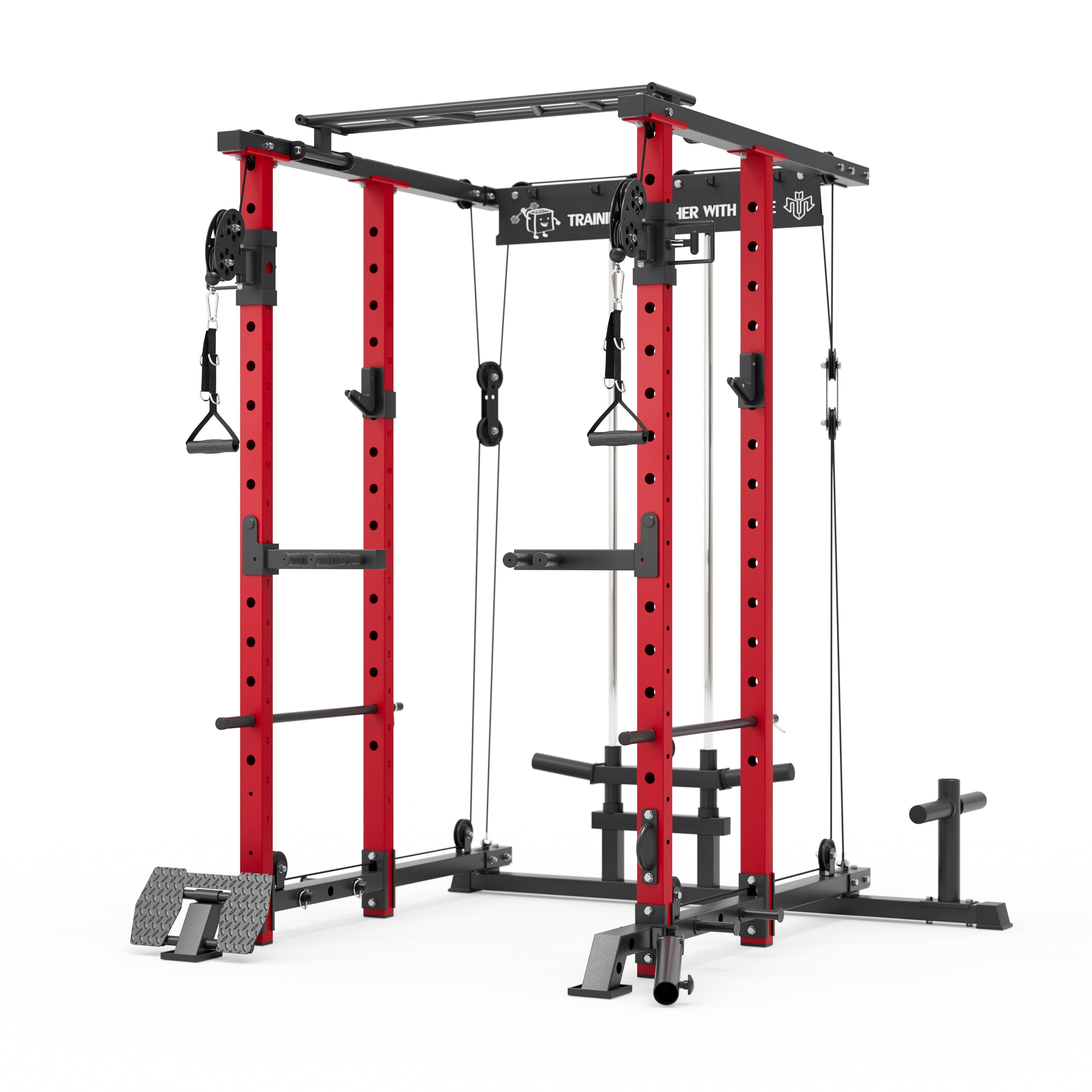
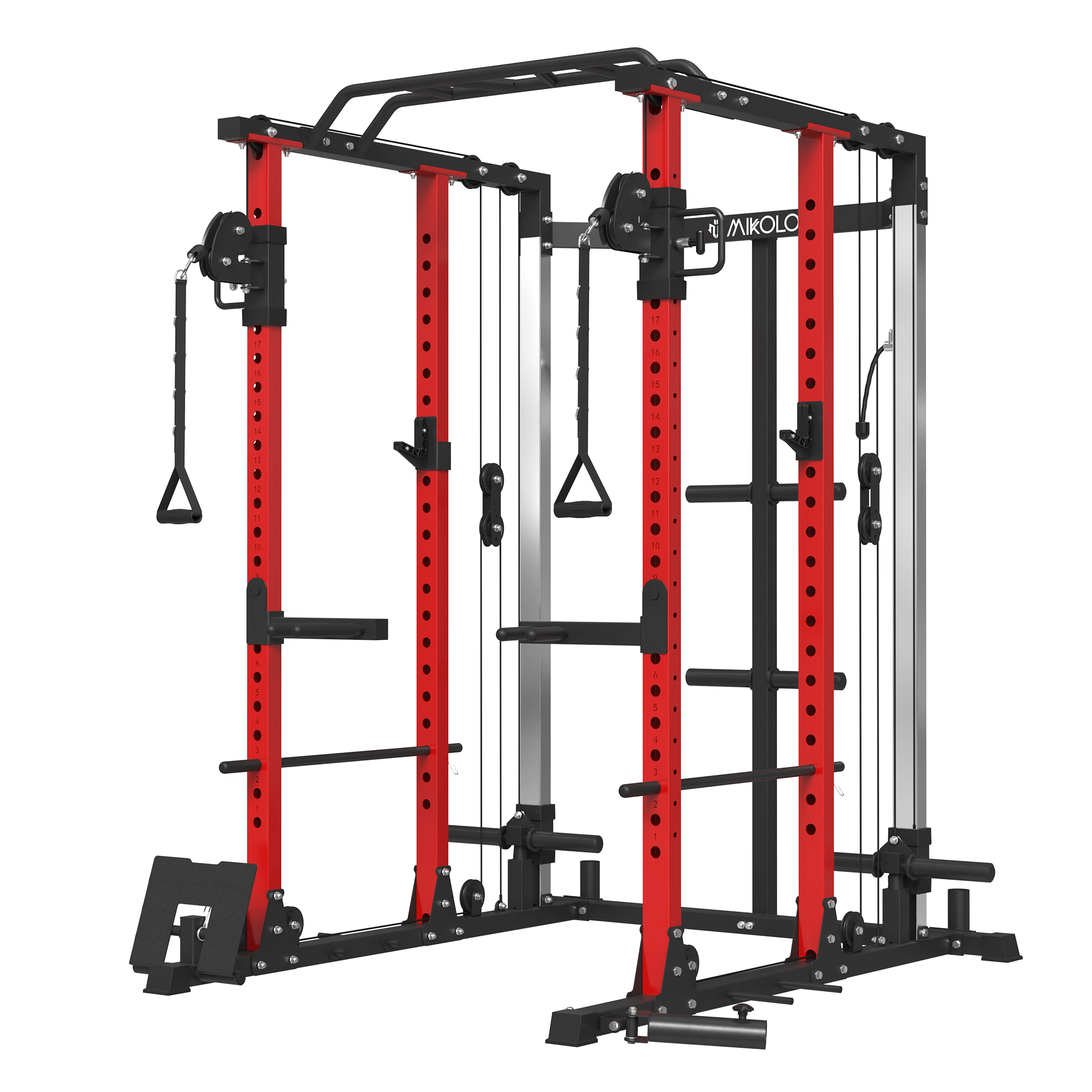

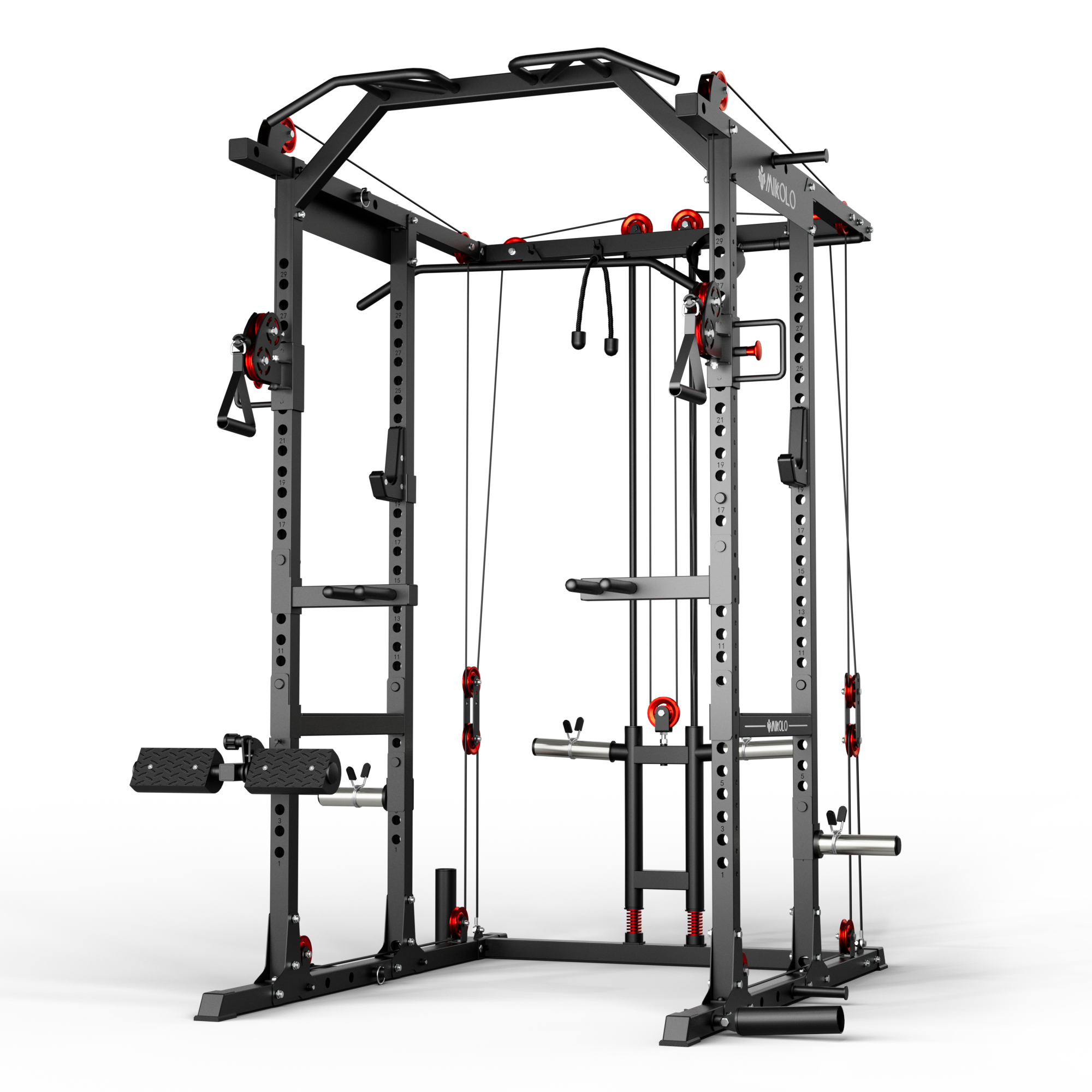
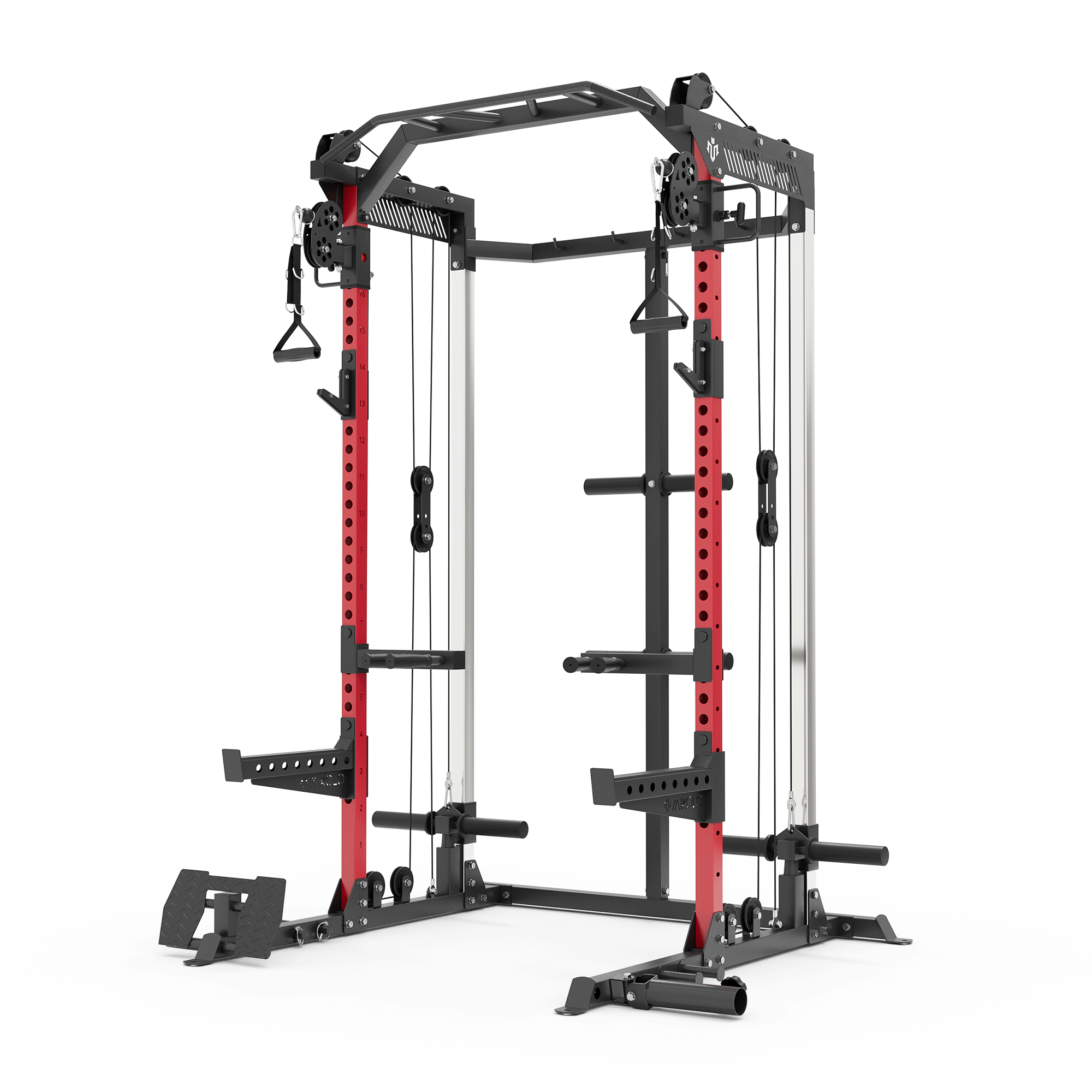
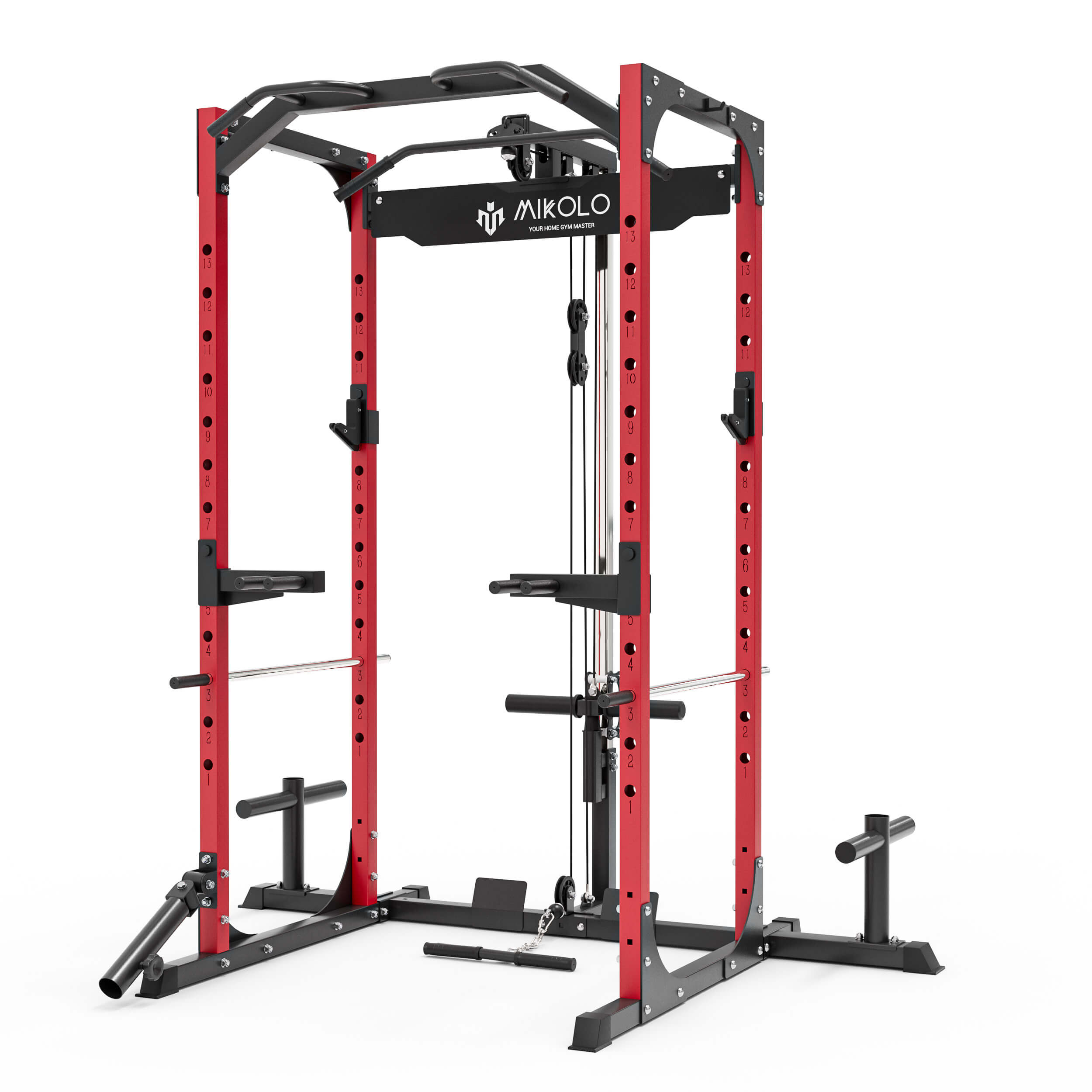




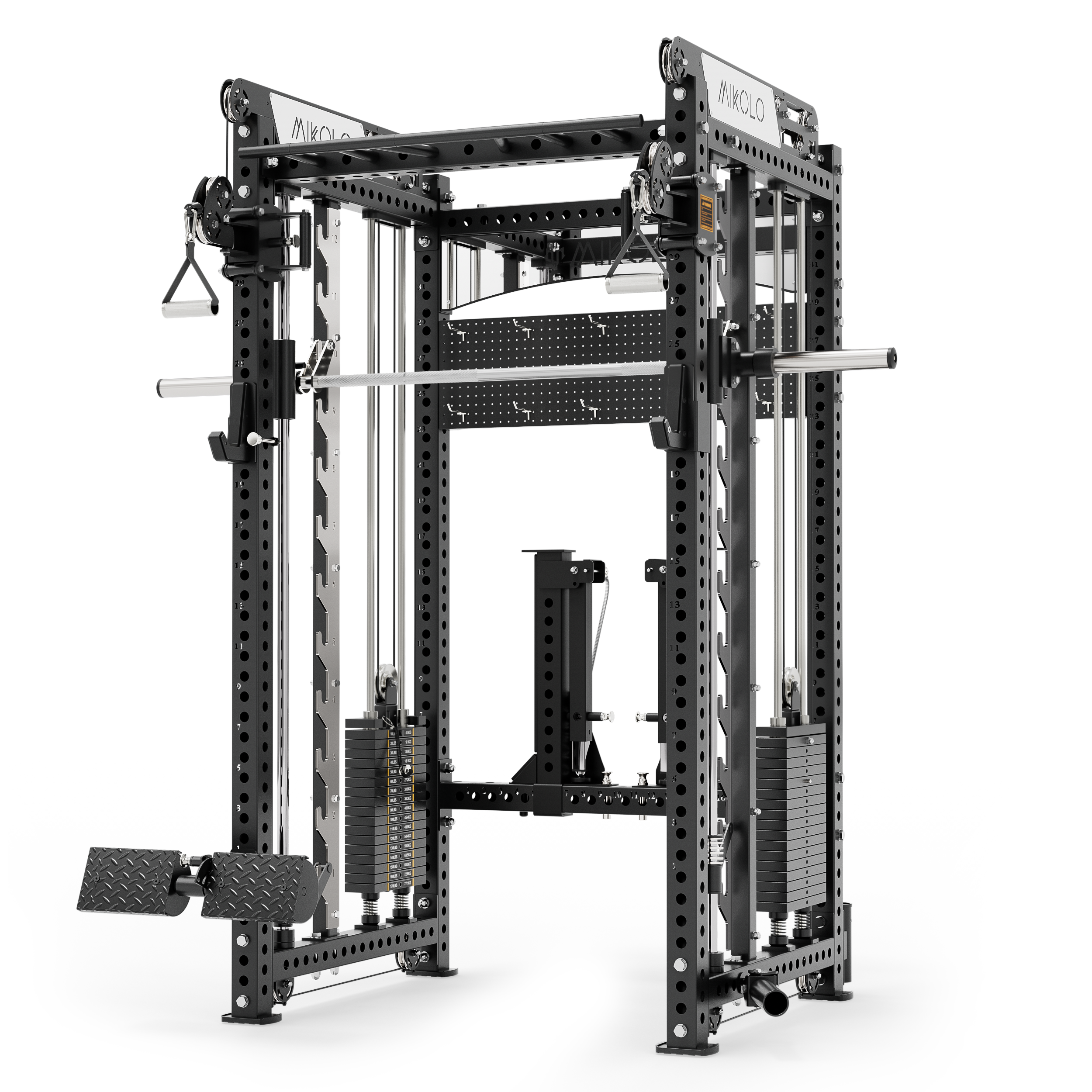
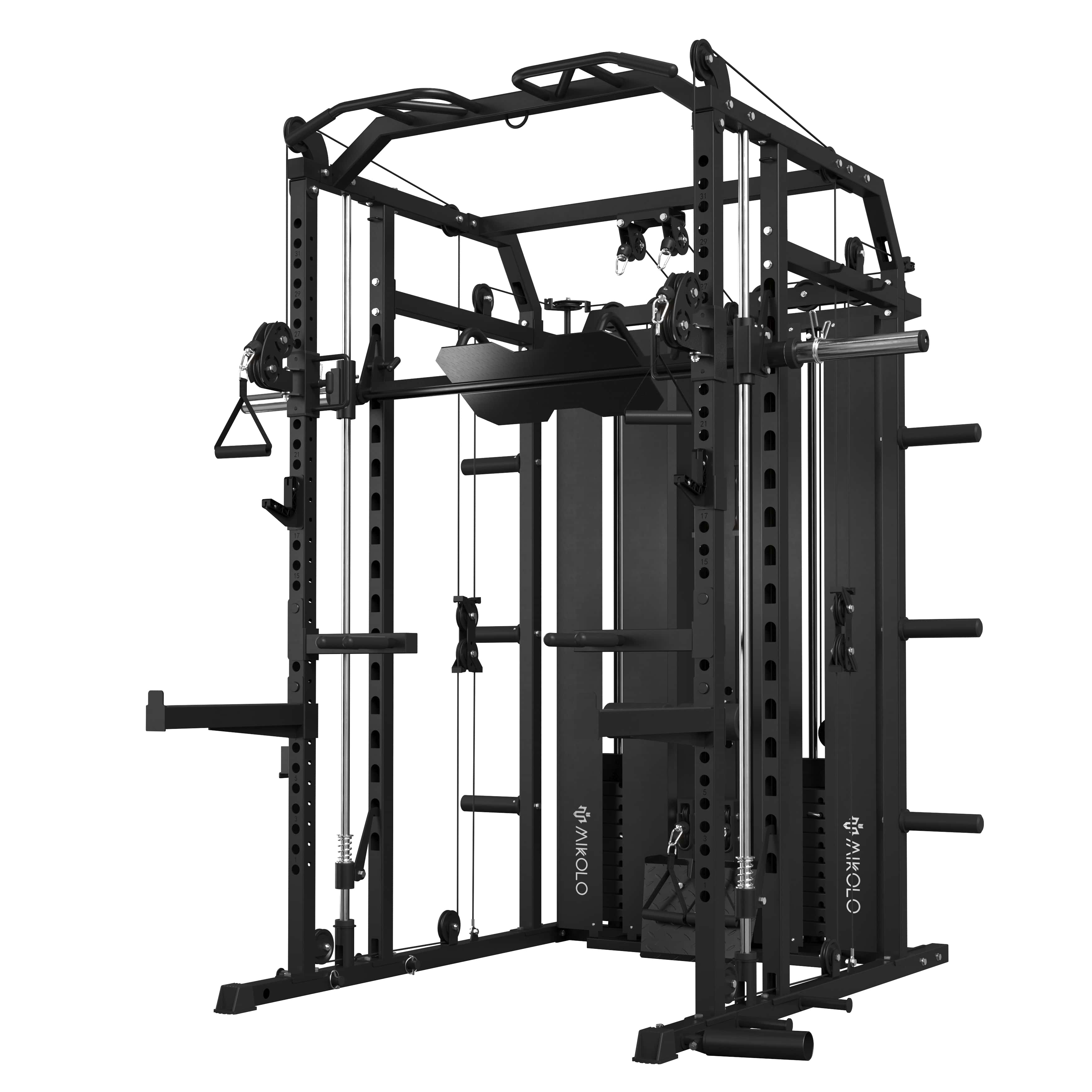
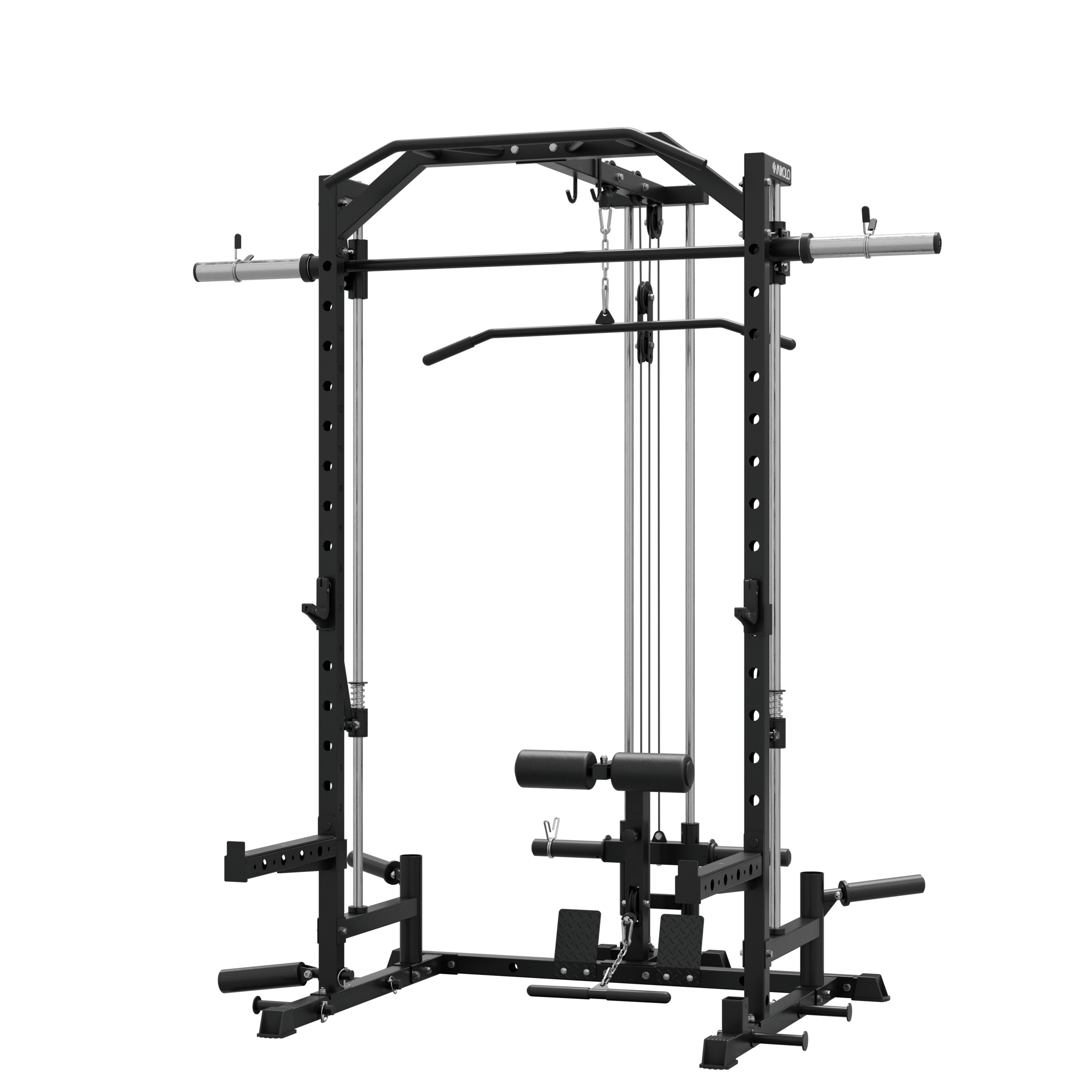
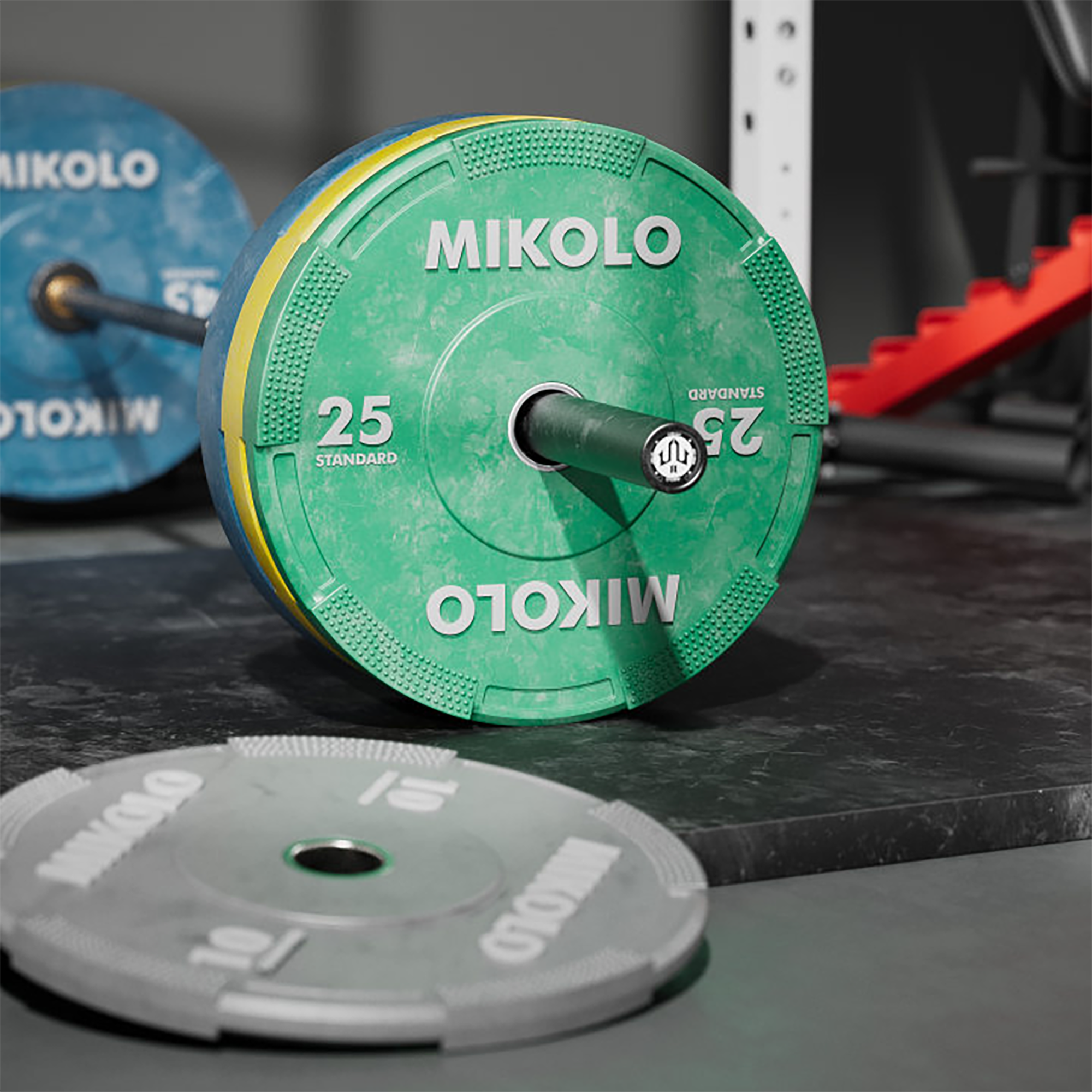


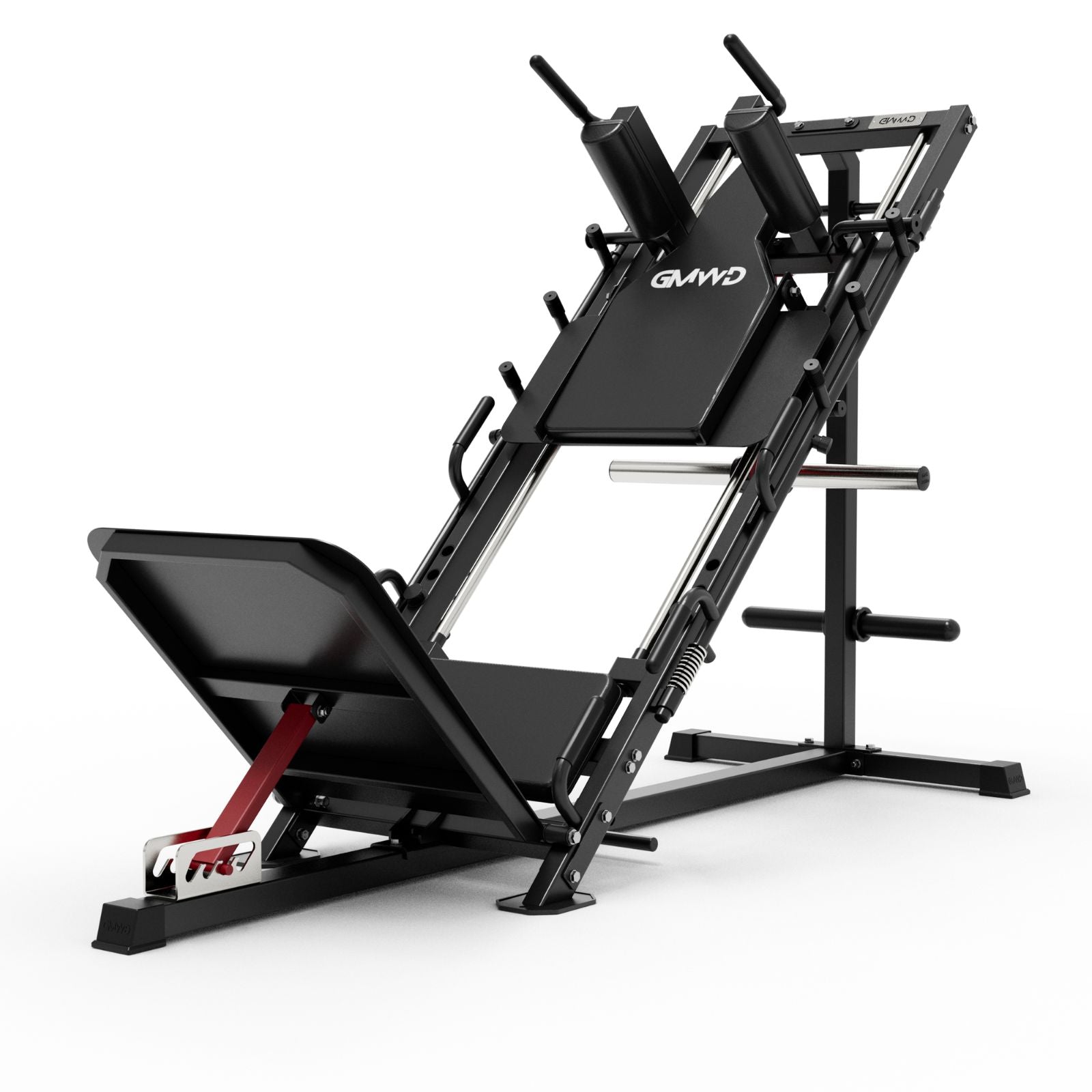


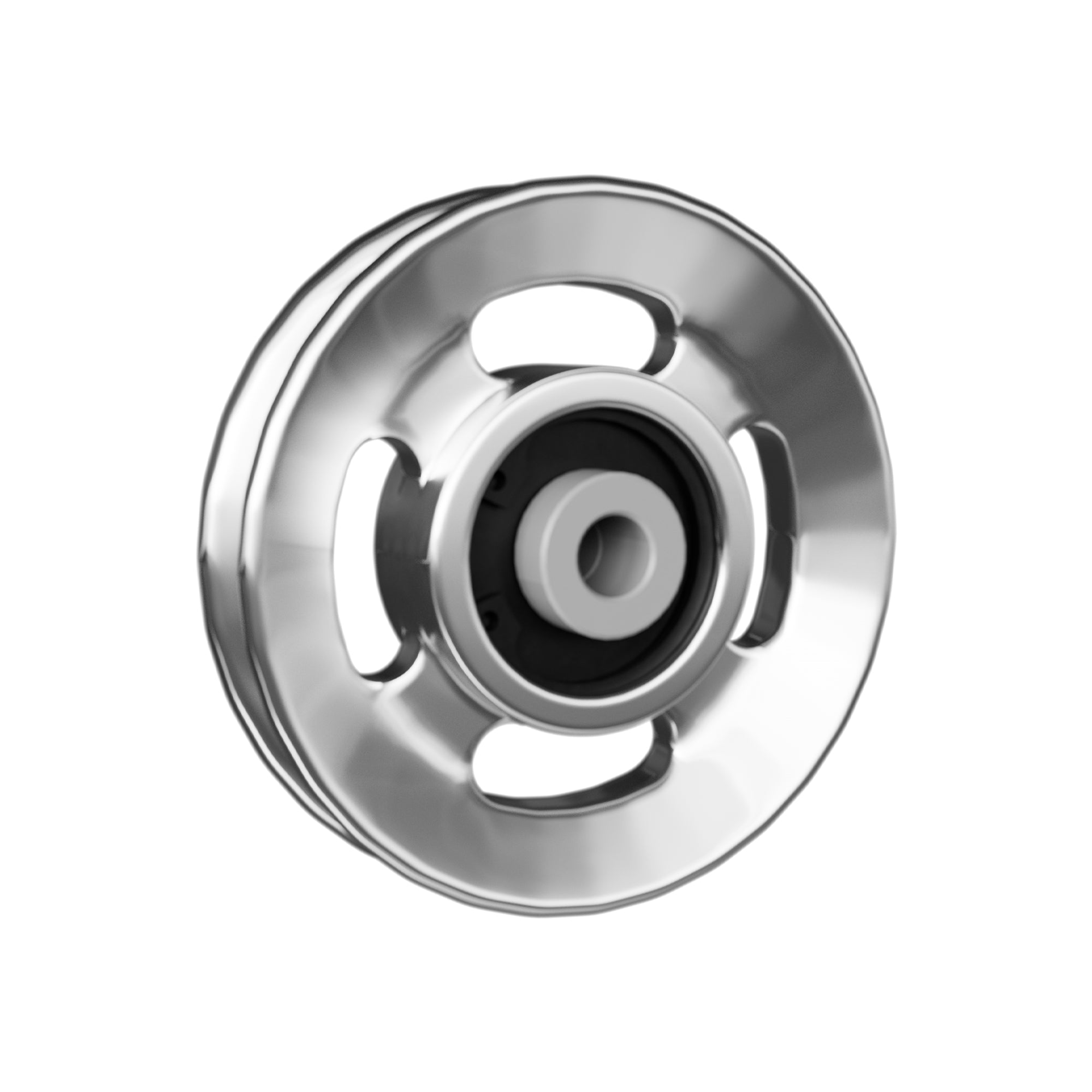
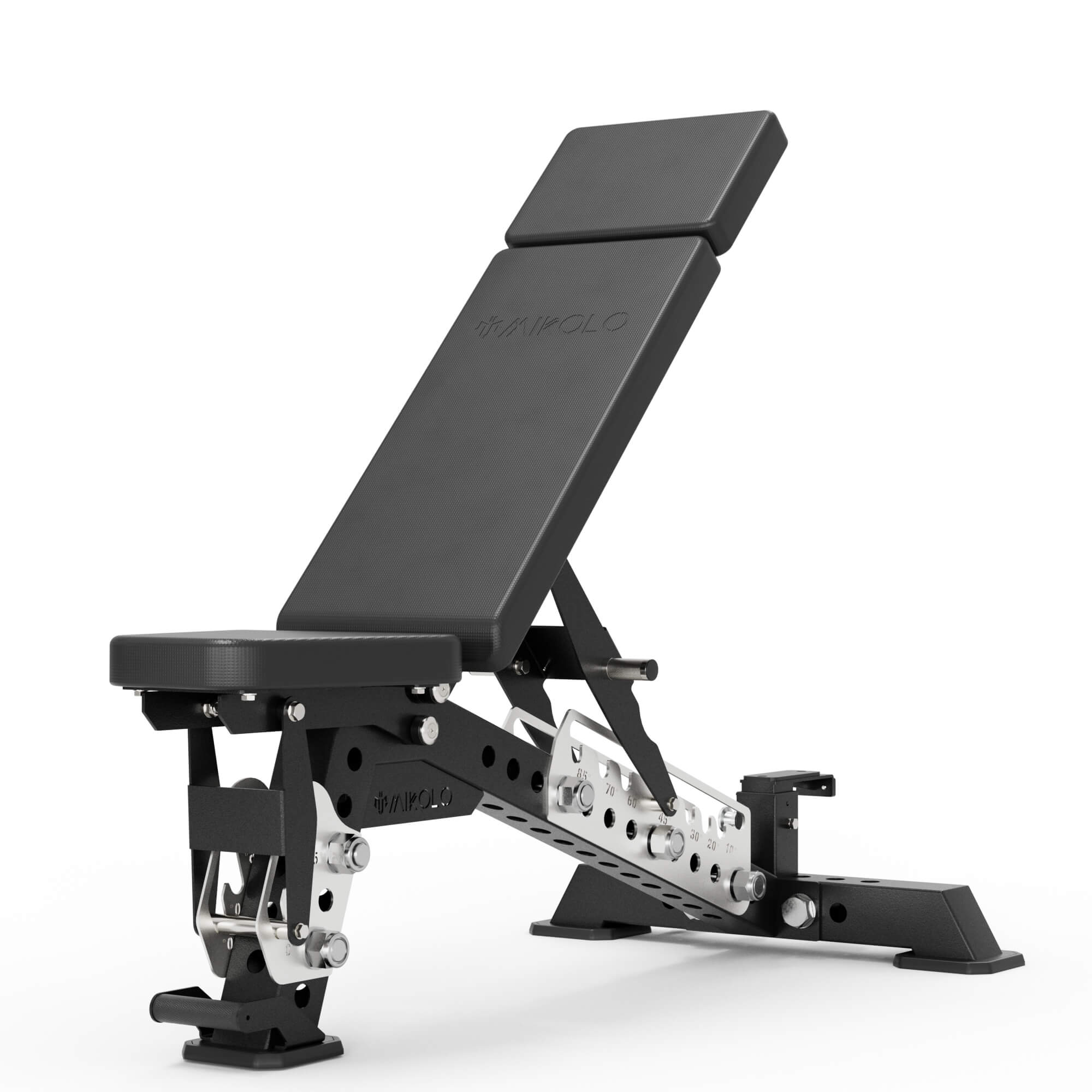
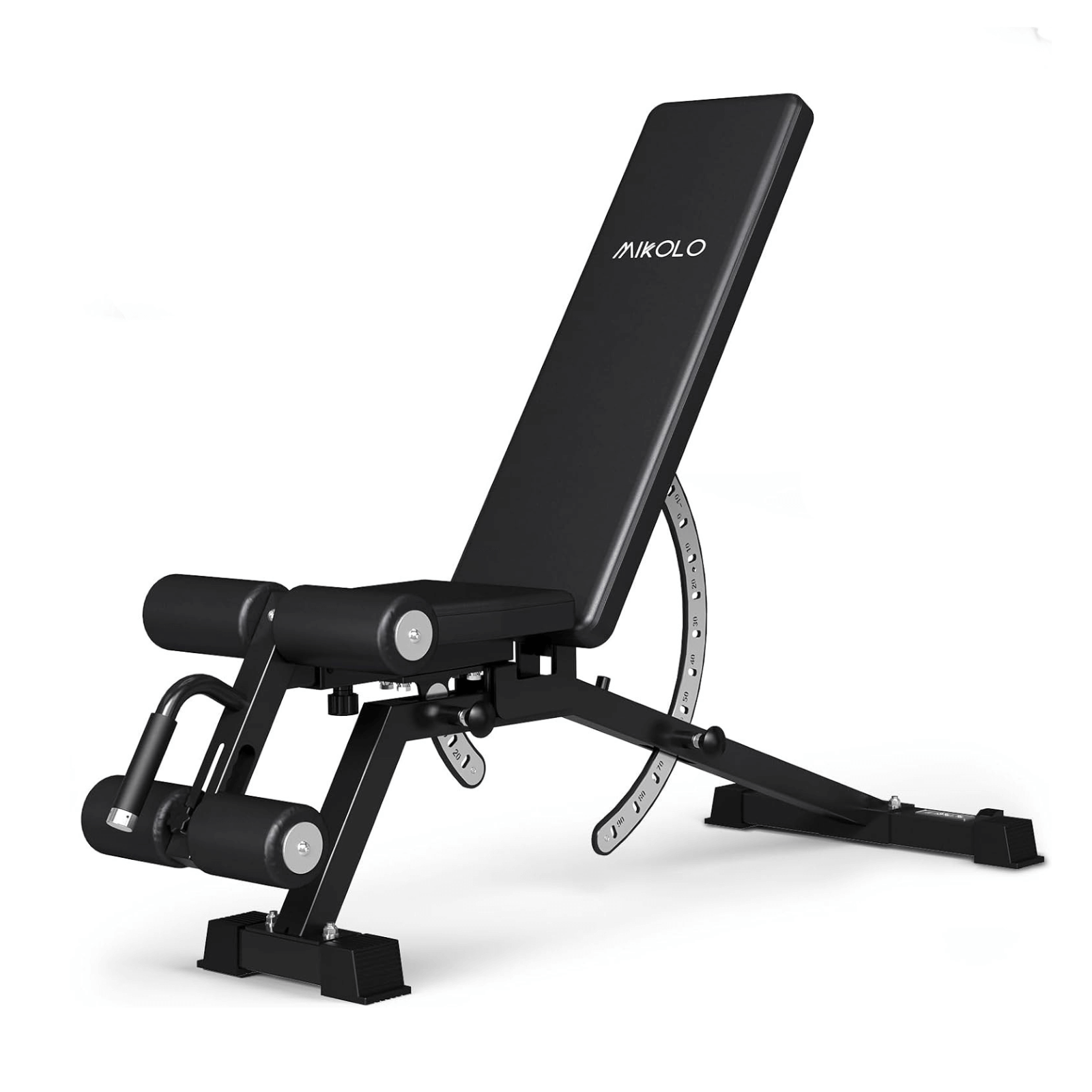

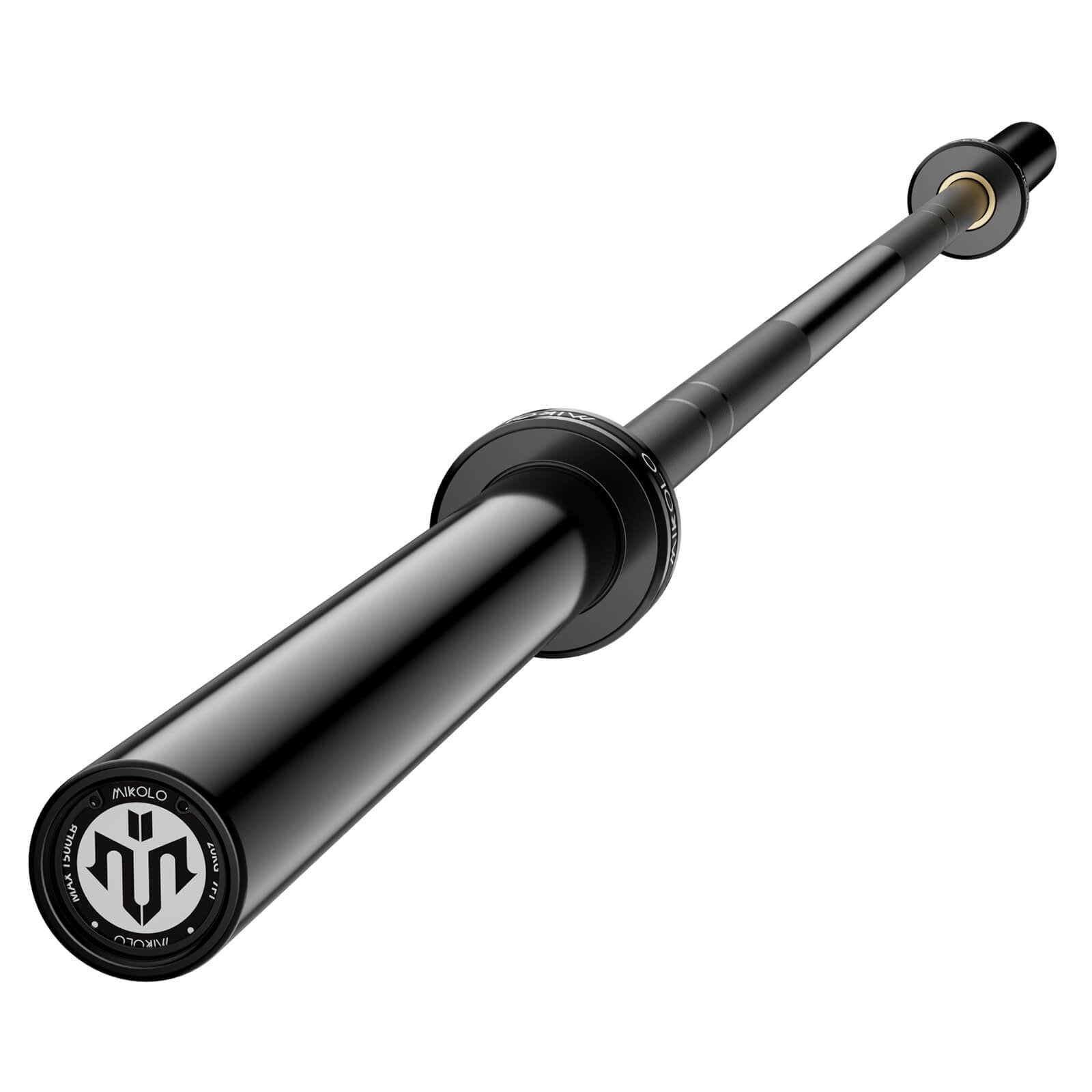
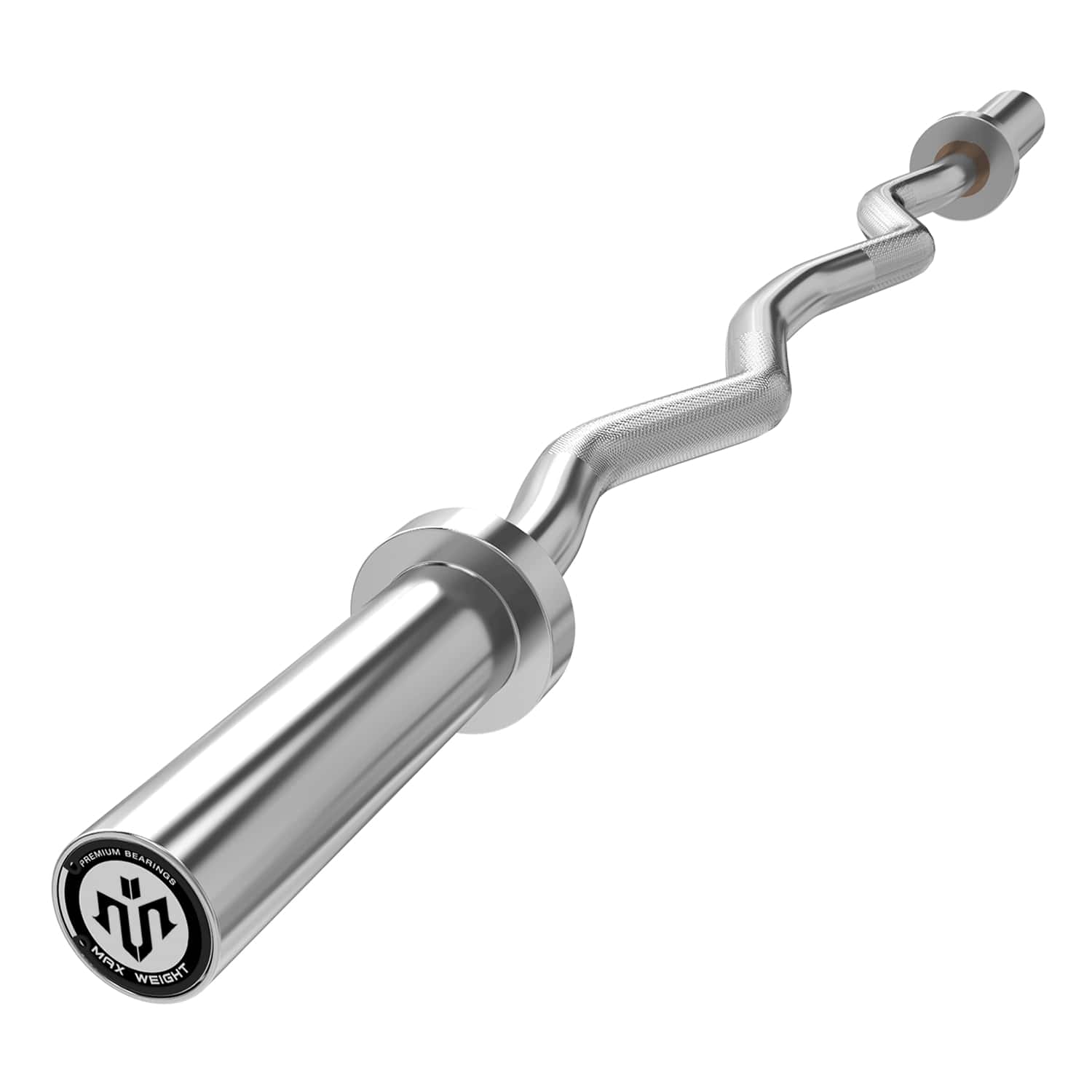
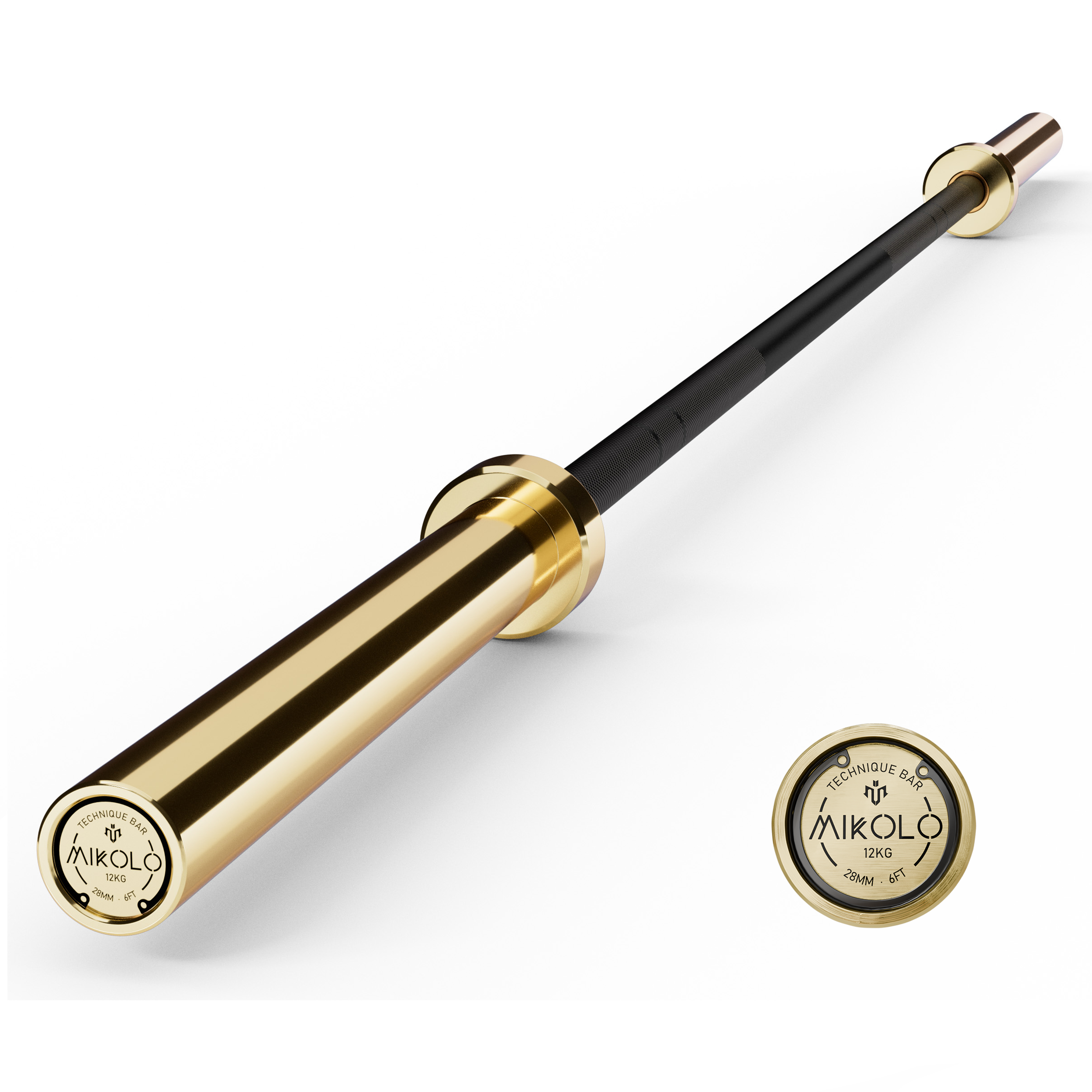
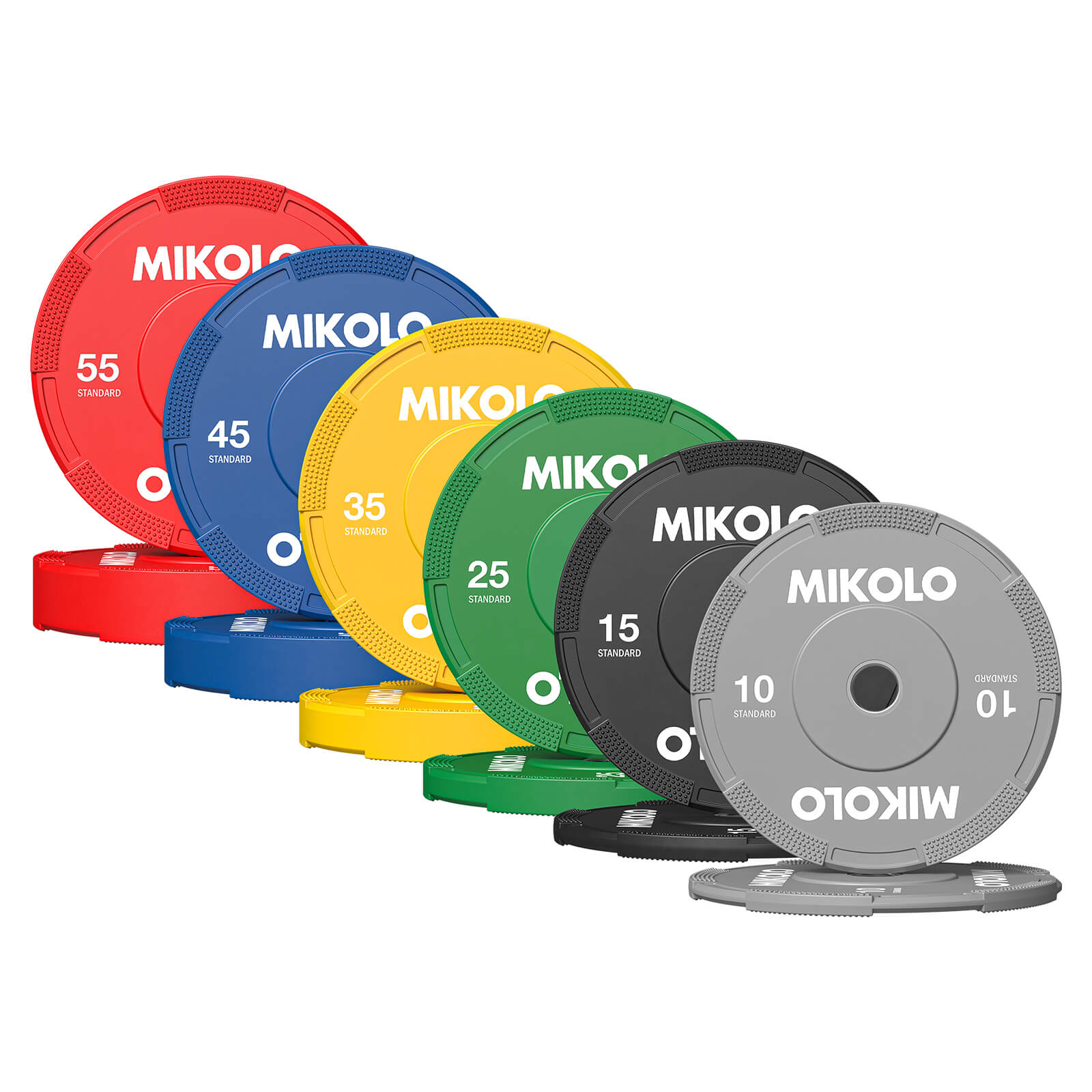
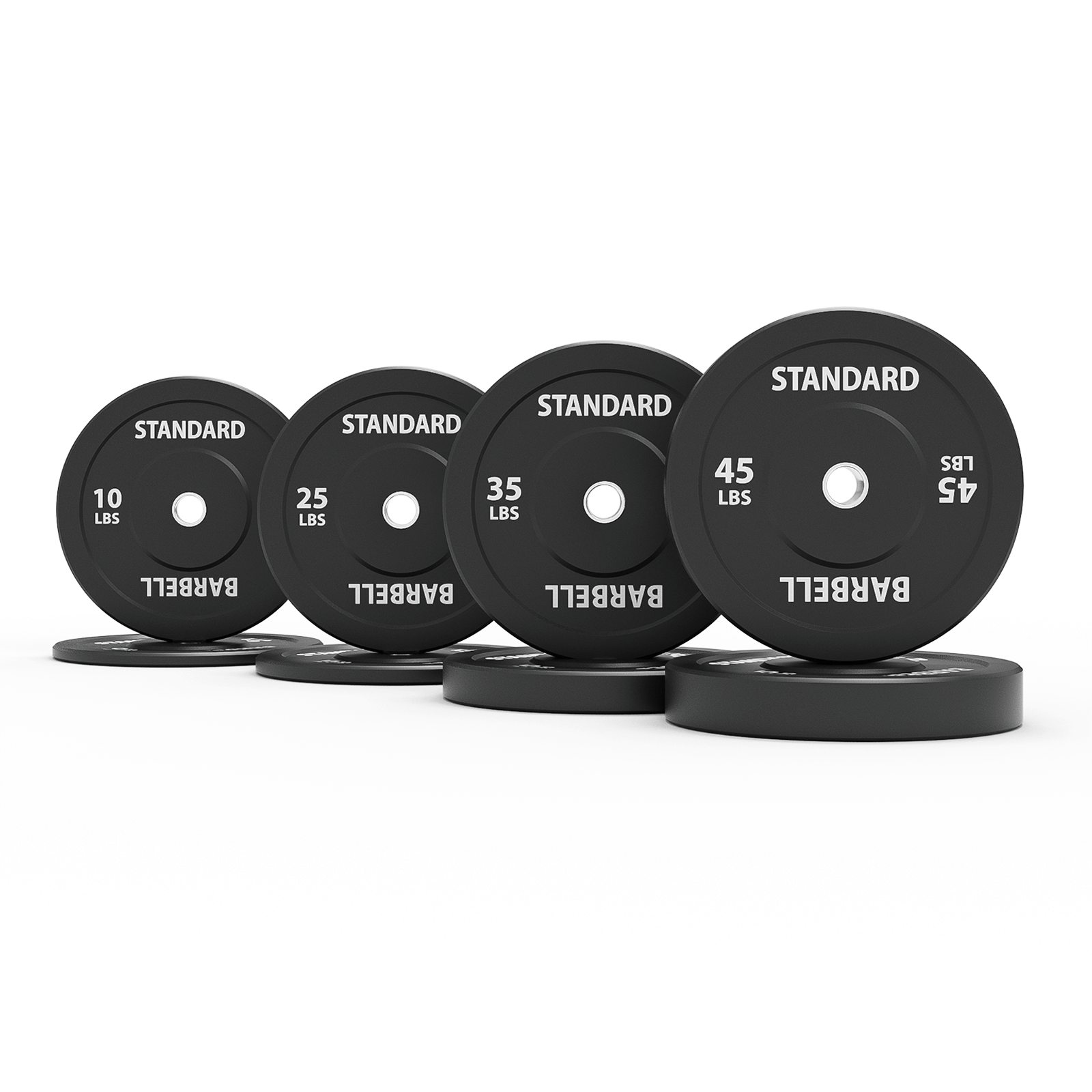


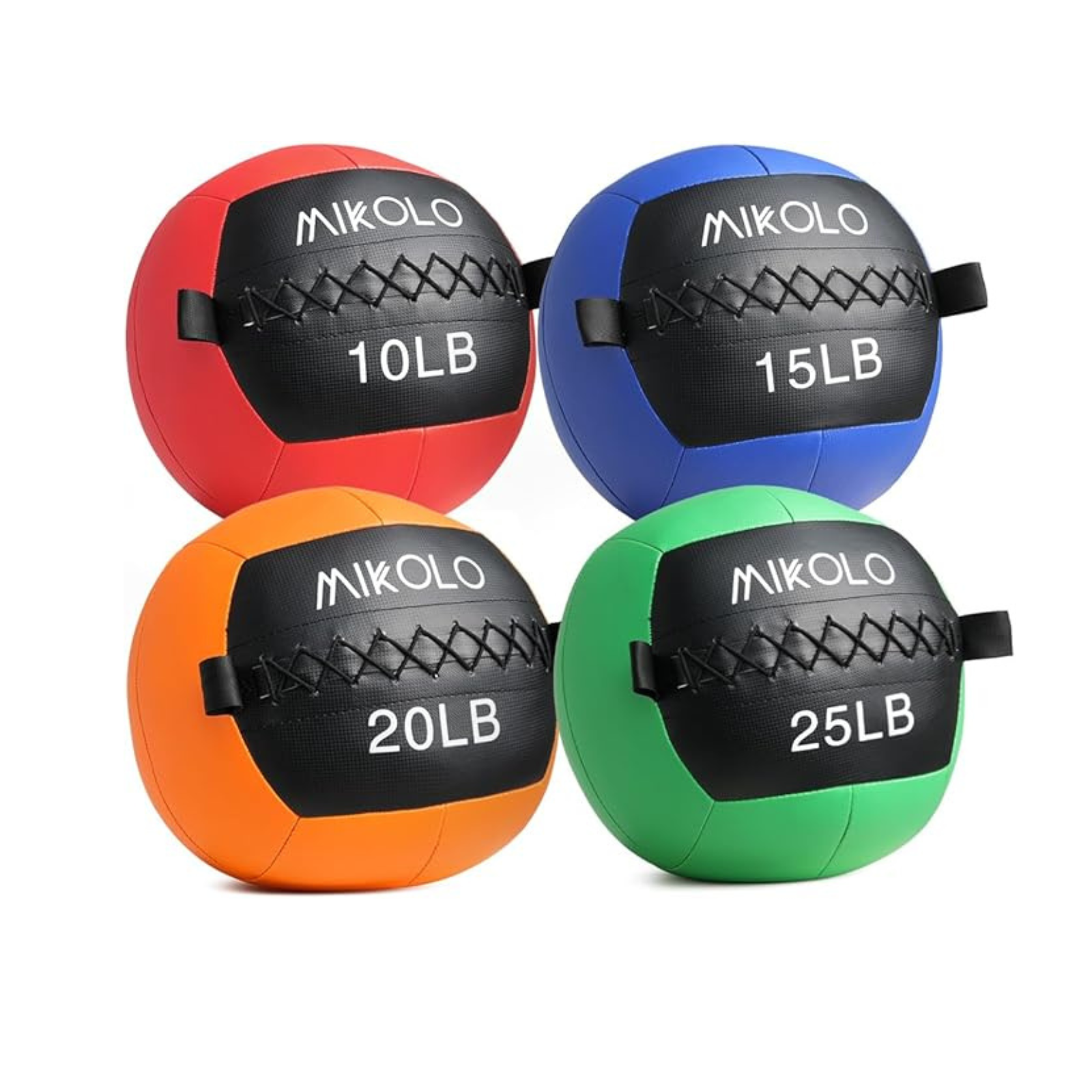
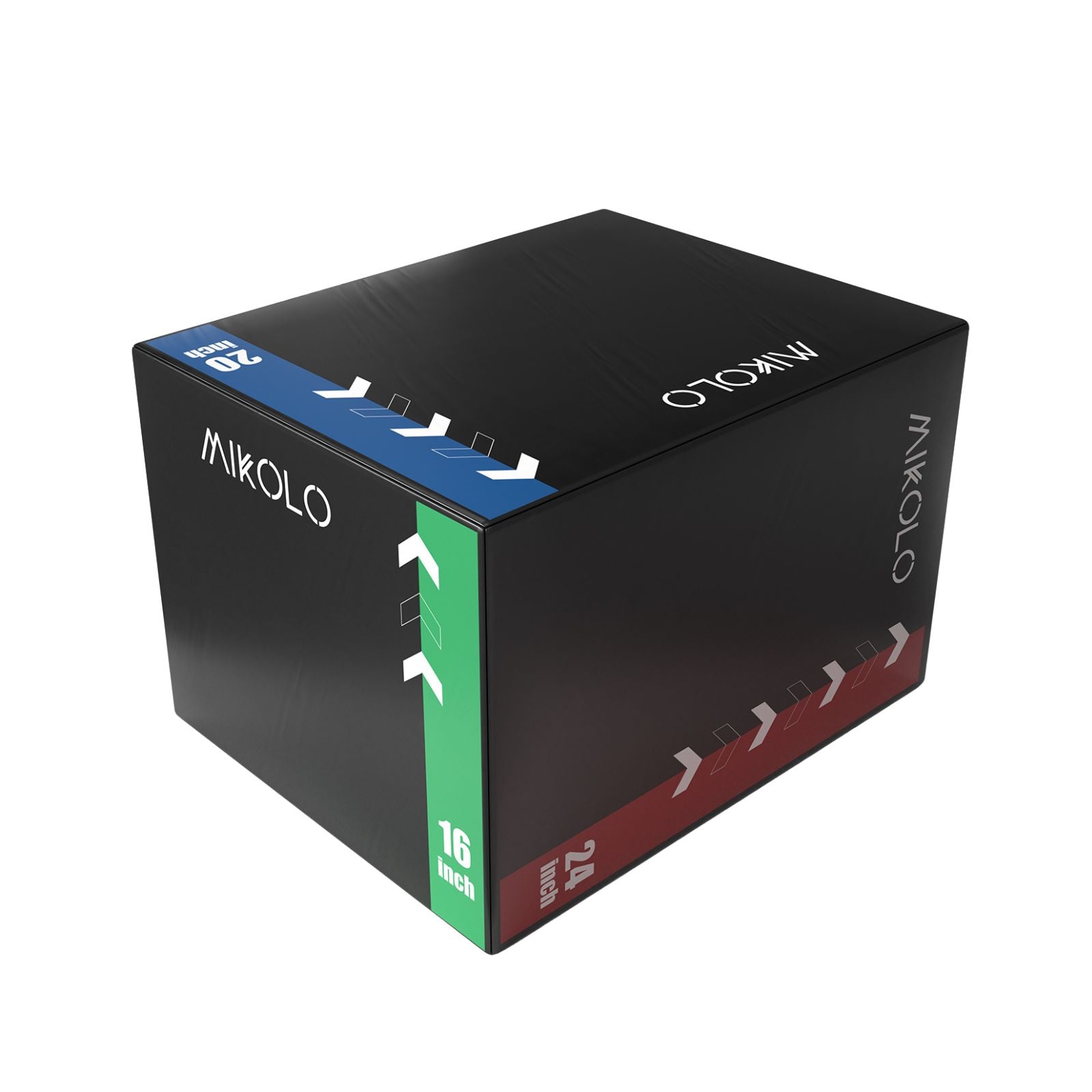
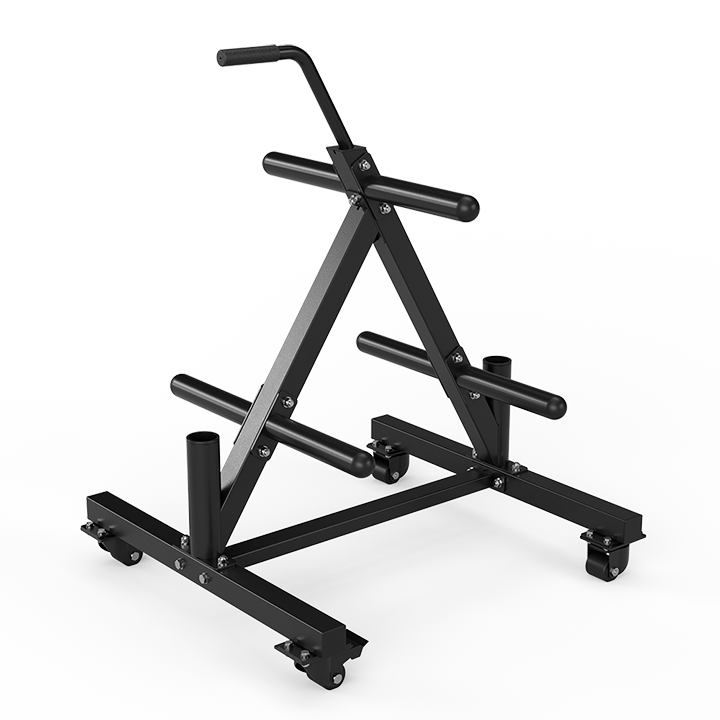
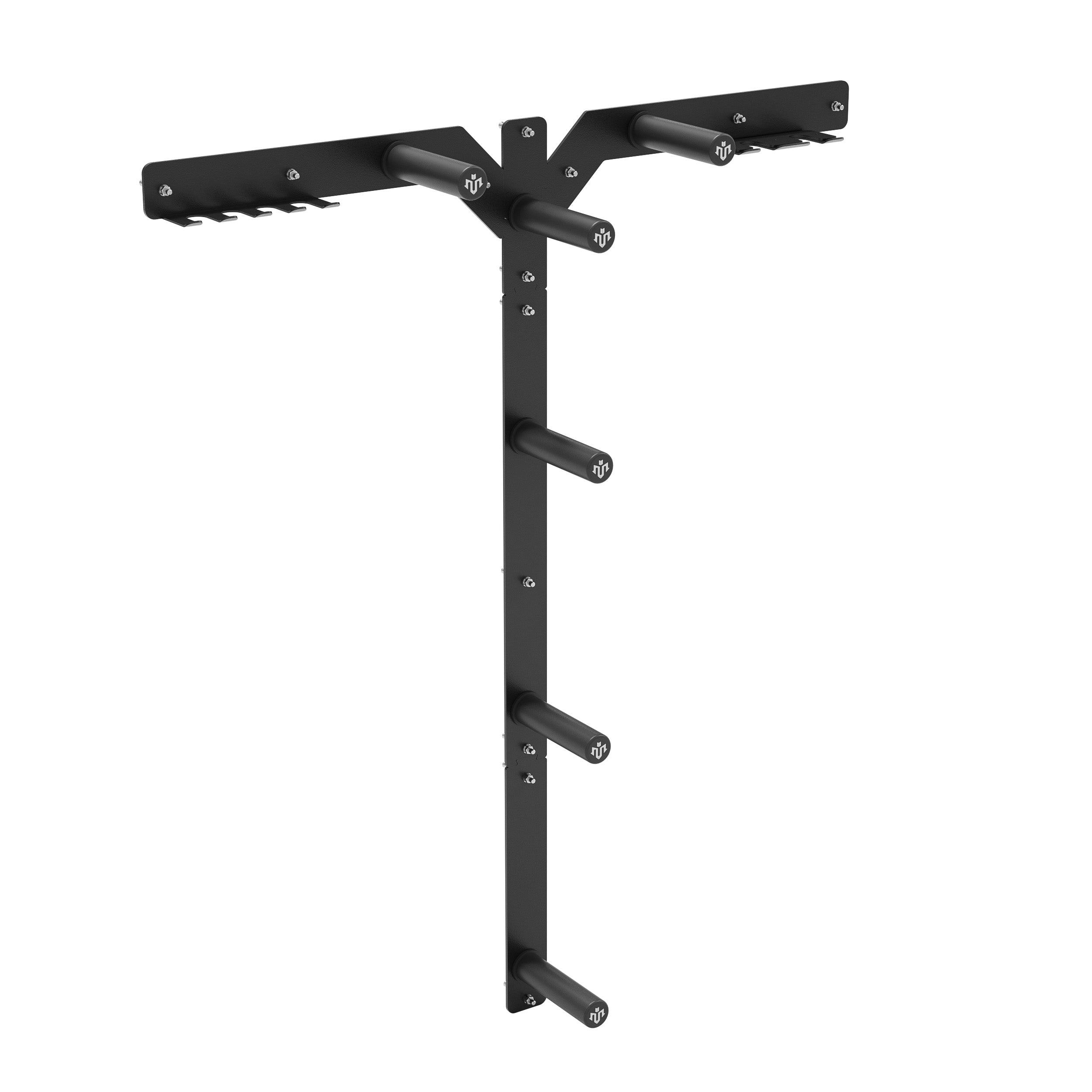




Leave a comment
This site is protected by hCaptcha and the hCaptcha Privacy Policy and Terms of Service apply.